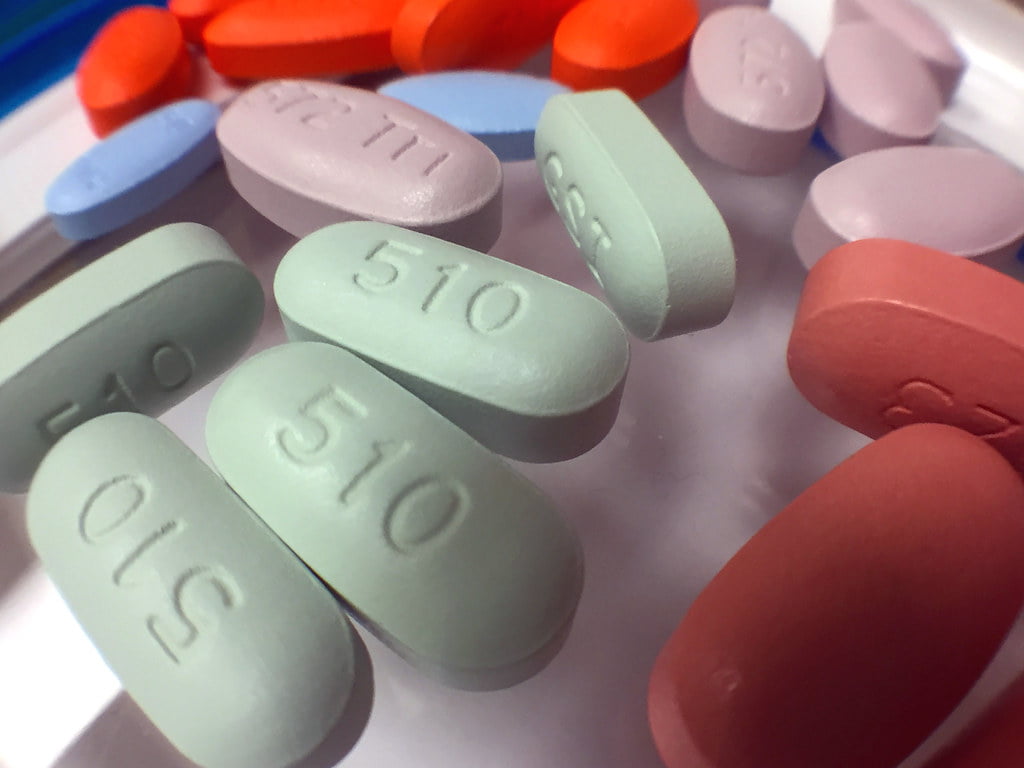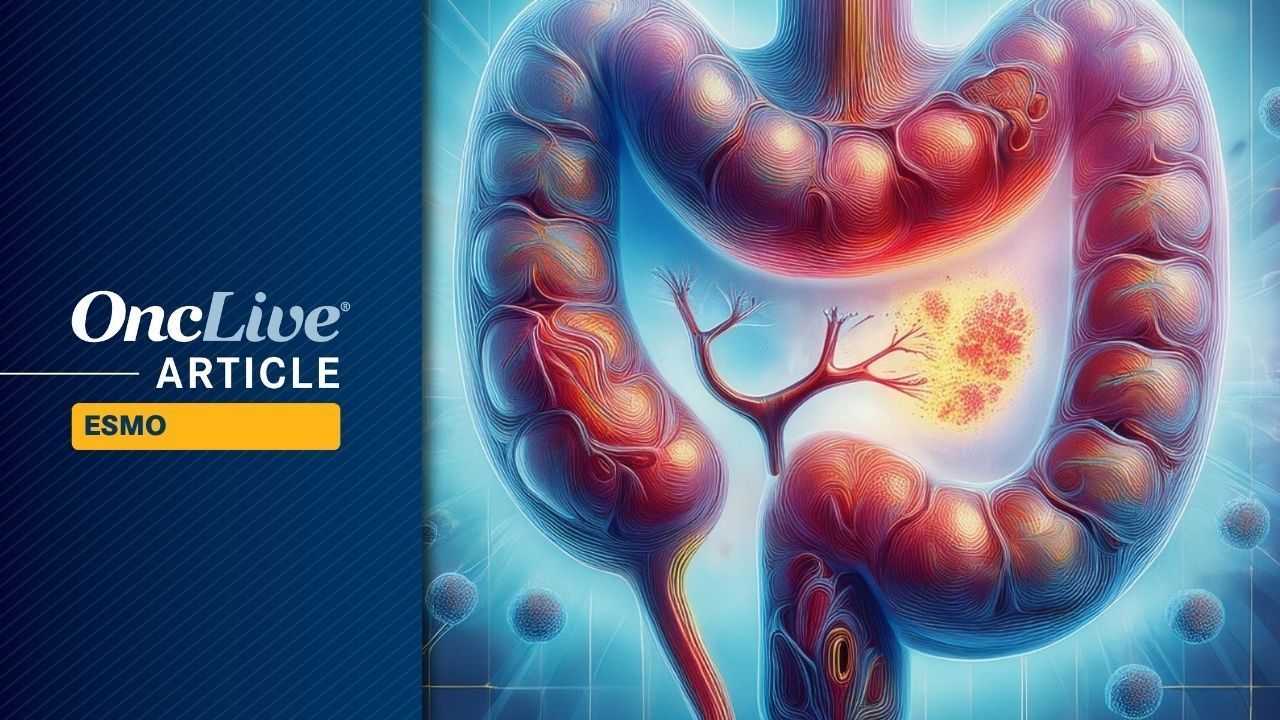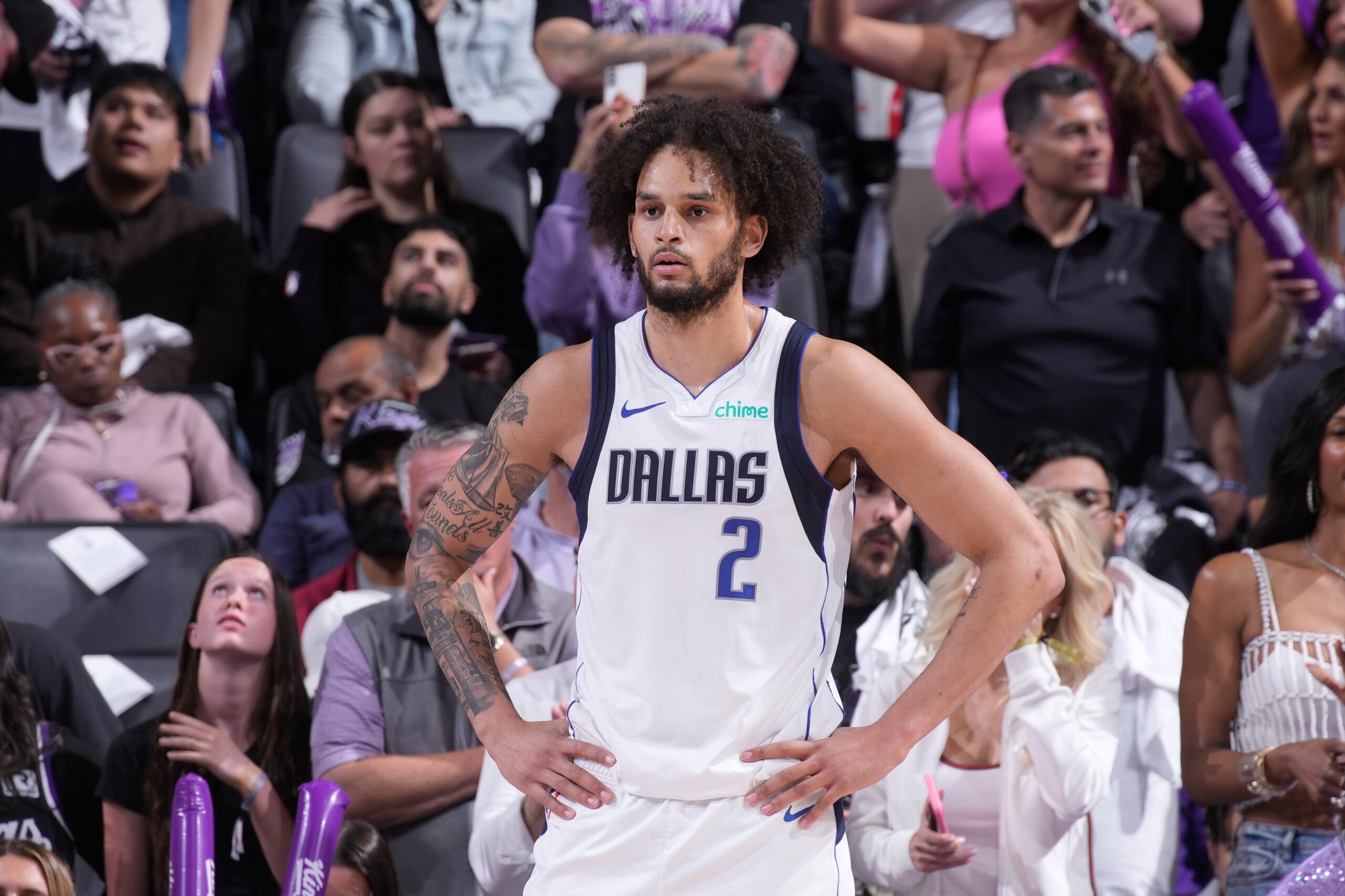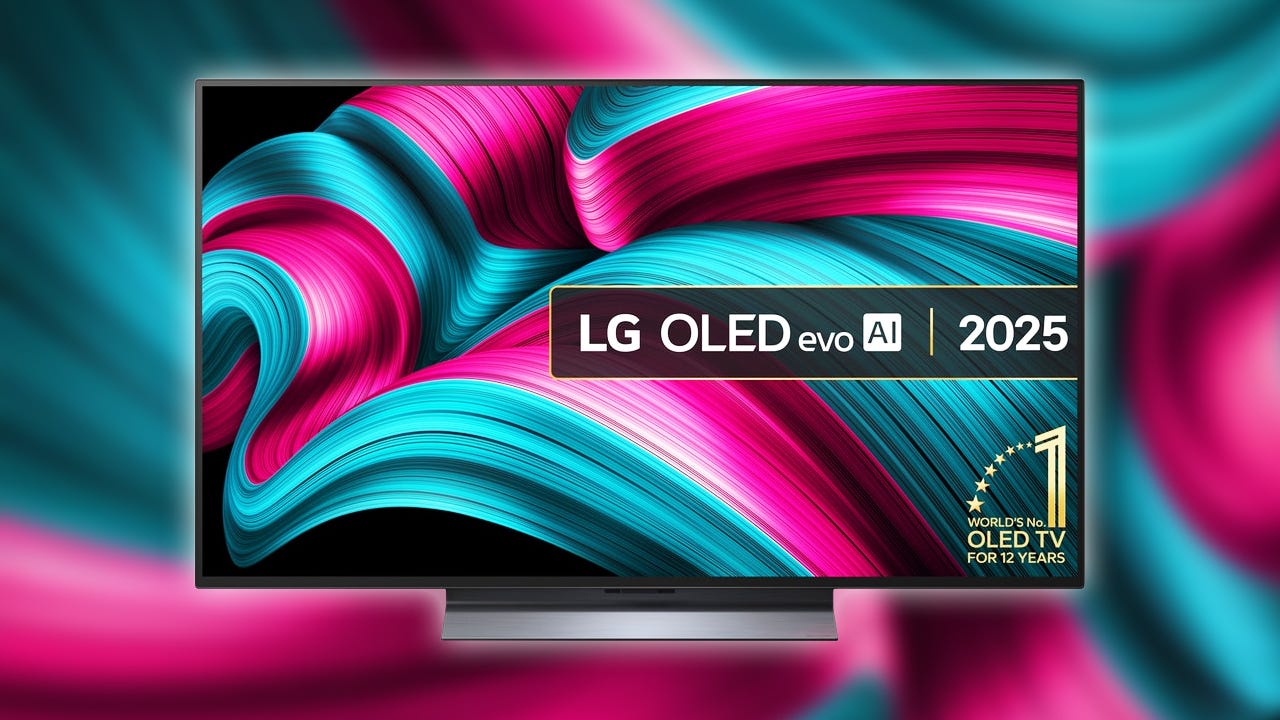The addition of ipilimumab (Yervoy) to nivolumab (Opdivo) continued to demonstrate clinically meaningful progression-free survival (PFS) improvement over nivolumab monotherapy with no new safety signals observed among patients with microsatellite instability-high (MSI-H) or mismatch repair–deficient (dMMR) metastatic colorectal cancer (mCRC), according to new data from the phase 3 CheckMate 8HW trial (NCT04008030) shared during the 2025 ESMO Congress.1
At a data cutoff date of April 30, 2025, and a median follow-up of 50.1 months (range, 24.7-67.3), nivolumab plus ipilimumab (n = 171) led to a median progression-free survival (PFS) that was not reached (NR; 95% CI, 55.2-not estimable [NE]) vs 60.8 months (95% CI, 32.8-NE) with nivolumab monotherapy (n = 170; HR, 0.69; 95% CI, 0.48-0.99; P = .0413). However, the prespecified threshold for statistical significance was not met (P < .0383).
The PFS data are consistent with those observed in the first line across all randomized patients by local testing (HR, 0.75; 95% CI, 0.56-1.01). “We believe that the consistency of the benefit is strongly supporting a clinically relevant improvement with the combination over the monotherapy,” Sara Lonardi, MD, chief of Oncology 3 Unit at Veneto Institute of Oncology (IOV) – IRCCS, explained in a presentation of the data.
In an invited discussion of the presentation, Sharlene Gill MD, MPH, MBA, FASCO, professor of medicine at the University of British Columbia, questioned whether the prespecified threshold for statistical significance not being met mattered. “The answer may lie in your perspective.…This is a secondary end point analysis,” she said. “When we look at the clinical magnitude of benefit-a median PFS not yet reached after 50.1 months of follow-up, 13% improvement in 3-year PFS, and a 10% improvement in 4-year PFS-I think we all agree that this is very clinically meaningful.”
How Was the CheckMate 8HW Trial Conducted?
The multicenter, open-label CheckMate 8HW trial included patients with histologically confirmed unresectable or metastatic CRC, who had MSI-H or dMMR status per local testing, no prior treatment with immunotherapy, and an ECOG performance status of 0 or 1. Patients were randomly assigned in a 2:2:1 ratio to receive nivolumab monotherapy (n = 353), nivolumab plus ipilimumab (n = 354), or investigator’s choice of modified folinic acid plus fluorouracil and oxaliplatin (mFOLFOX6) or folinic acid plus fluorouracil and irinotecan (FOLFIRI) with or without bevacizumab (Avastin) or cetuximab (Erbitux; n = 132).2
Patients in the monotherapy arm received nivolumab at 240 mg every 2 weeks for 6 doses, followed by 480 mg every 4 weeks (Q4W) thereafter. In the combination arm, patients received nivolumab at 240 mg plus ipilimumab at 1 mg/kg every 3 weeks for 4 doses, followed by nivolumab at 480 mg Q4W. Treatment continued until disease progression, intolerable toxicity, withdrawn consent, or maximum treatment duration of 2 years was reached. Stratification factors included previous lines of treatment (0 vs 1 vs ≥2) and primary tumor location (right vs left).
The dual primary end points of the trial were PFS per blinded independent central review (BICR) for nivolumab plus ipilimumab vs chemotherapy in the first-line setting and PFS by BICR for nivolumab plus ipilimumab vs nivolumab monotherapy across all lines of treatment. Secondary end points in those with MSI-H/dMMR status included PFS per BICR for the combination vs monotherapy in the first line, objective response rate (ORR) by BICR for the combination vs monotherapy in the first line, overall survival (OS) of the combination vs monotherapy across all lines, and ORR by BICR for the combination vs monotherapy across all lines. Safety was also examined.
What Data Were Previously Reported From CheckMate 8HW?
At a data cutoff date of August 28, 2024, and a median follow-up of 47.0 months (interquartile range, 38.4-53.2), the combination regimen met its co-primary end points among patients with centrally confirmed MSI-H/dMMR mCRC, providing superior PFS compared with chemotherapy in the frontline setting (HR, 0.21; 95% CI, 0.13-0.35; P < .0001) and across all lines of therapy (HR, 0.62; 95% CI, 0.48-0.81; P = .0003).2
In April 2025, the FDA approved the combination of nivolumab and ipilimumab for the treatment of adult and pediatric patients at least 12 years of age with MSI-H or dMMR unresectable mCRC.3 The agency also converted the accelerated approval of nivolumab monotherapy to a regular approval for the treatment of adult and pediatric patients at least 12 years of age with MSI-H or dMMR mCRC who have progressed after fluoropyrimidine, oxaliplatin, and irinotecan. Results from the trial also led to approval of the regimen on a global scale.
At the congress, Lonardi shared results from a preplanned analysis of the final PFS for the combination vs nivolumab alone, as well as the first interim analysis of OS across all lines of therapy.1
What Additional Efficacy Data Were Observed in CheckMate 8HW?
In the combination arm, the ORR was 73% (95% CI, 65%-79%) vs 61% (95% CI, 53%-79%) in the nivolumab monotherapy arm. Best overall responses in both groups included complete responses (CRs; 35% vs 31%, respectively), partial responses (37% vs 31%), and stable disease (12% vs 19%); progressive disease rates were 11% and 16%, respectively.
“You can see a higher rate of CR and a lower rate of progressive disease,” Lonardi said. “These data are consistent with those observed in all of the randomized first-line patients [identified] per local testing.” The ORRs for those patients were 66% (95% CI, 59%-72%) and 54% (95% CI, 47%-61%), respectively.
The median time to response with the combination was 2.8 months (range, 1.2-38.6) vs 2.7 months (range, 1.2-29.5) with nivolumab monotherapy, and the median duration of response was not reached in either arm.
When looking at OS across all lines in centrally confirmed patients, OS was not reached in either the combination arm (n = 296) or the nivolumab monotherapy arm (n = 286). However, descriptive analyses indicated that OS favored the combination regimen across all lines, with a HR of 0.61 (95% CI, 0.45-0.83). “This is the first time that we have data on OS coming from a randomized trial for a checkpoint inhibitor combination in the setting of MSI-H CRC,” Lonardi noted. With approximately 69% of expected events observed, however, OS data remain immature, she added.
Across all lines of patients, PFS benefit with the combination therapy over the monotherapy was confirmed, with a median PFS that has not yet been reached (95% CI, NE-NE) compared with 44.3 months (95% CI, 22.1-NE; HR, 0.62; 95% CI, 0.48-0.80).
What Was the Safety Profile of Nivolumab Plus Ipilimumab?
Lonardi noted that a higher amount of treatment-related adverse effects (TRAEs) was observed with the addition of ipilimumab; however, globally, the combination regimen was well tolerated with no more than 3% of patients experiencing grade 3/4 toxicity. Moreover, no additional deaths were observed after a longer follow-up for both the combination and monotherapy regimens.
The most common any-grade TRAEs reported in 10% of patients or more across the combination therapy and monotherapy groups included pruritus (24% vs 19%, respectively), diarrhea (21% vs 19%), hypothyroidism (16% vs 11%), asthenia (14% vs 12%), fatigue (13% vs 9%), rash (12% vs 10%), adrenal insufficiency (10% vs 5%), increased alanine aminotransferase level (10% vs 8%), arthralgia (9% vs 6%), and hyperthyroidism (9% vs 6%).
What Questions Remain Regarding Nivolumab Plus Ipilimumab in This mCRC Population?
In her invited discussion, Gill noted that some outstanding questions remain, including:
- Is there any contribution of chemotherapy in the first-line setting?
- Is there a proportion of patients who may benefit from PD-1 inhibition alone?
- Is there are immune-mediated biomarkers that can predict who may benefit from combination therapy vs nivolumab monotherapy?
“This ongoing work is needed to help inform assignment [of therapy],” she said. Lonardi concluded: “These new results in the first line further support [nivolumab plus ipilimumab] as the standard-of-care option in MSI-H/dMMR metastatic CRC.”
References
- Lonardi S, Lenz HJ, Elez Fernandez E, et al. Nivolumab plus ipilimumab vs nivolumab monotherapy for microsatellite instability-high/mismatch repair-deficient (MSI-H/dMMR) metastatic colorectal cancer (mCRC): New results from CheckMate 8HW. Presented at: 2025 ESMO Congress; October 17-21, 2025; Berlin, Germany. Abstract LBA29.
- A combination of nivolumab plus ipilimumab prolongs PFS versus nivolumab alone across all treatment lines in patients with MSI-high or dMMR mCRC. News release. ESMO. February 5, 2025. Accessed October 20, 2025. https://www.esmo.org/oncology-news/a-combination-of-nivolumab-plus-ipilimumab-prolongs-pfs-versus-nivolumab-alone-across-all-treatment-lines-in-patients-with-msi-high-or-dmmr-mcrc
- FDA approves nivolumab with ipilimumab for unresectable or metastatic MSI-H or dMMR colorectal cancer. FDA. April 8, 2025. Accessed: October 20, 2025. https://www.fda.gov/drugs/resources-information-approved-drugs/fda-approves-nivolumab-ipilimumab-unresectable-or-metastatic-msi-h-or-dmmr-colorectal-cancer









